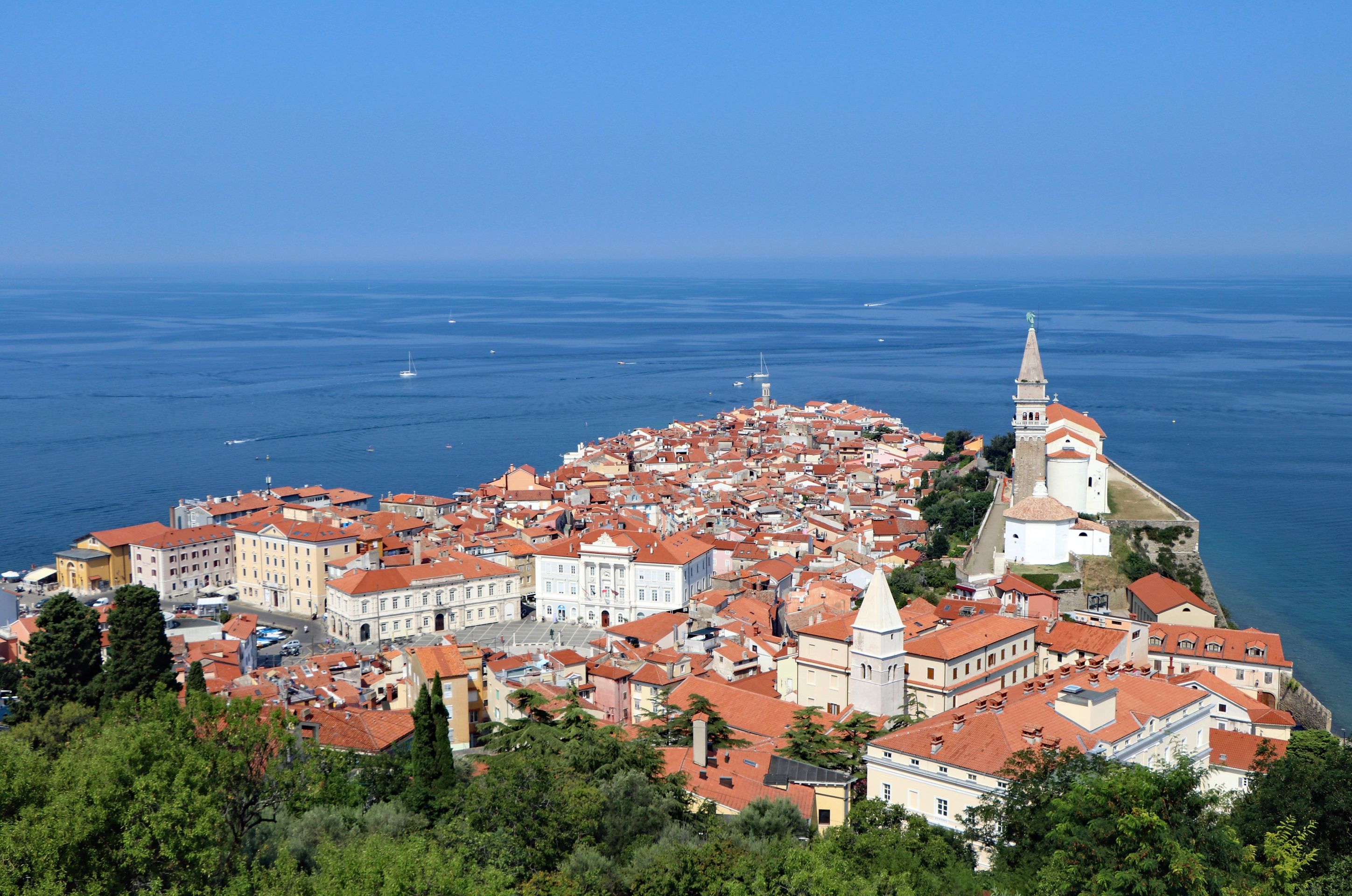BULGARIA, Part 8: Train travel in Bulgaria - an experience of a different kind . . .
منتشر شده: 21.07.2020




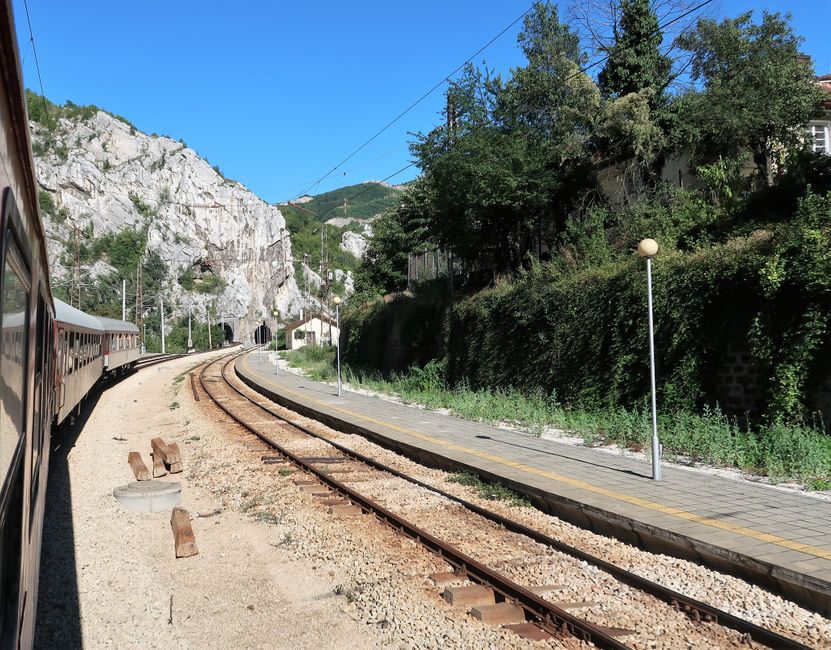


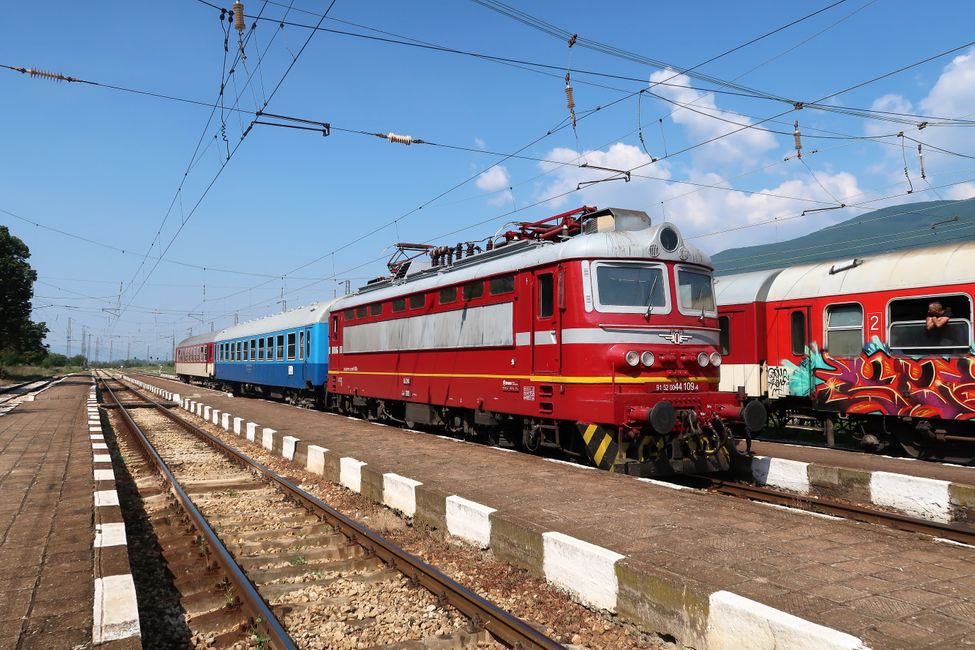


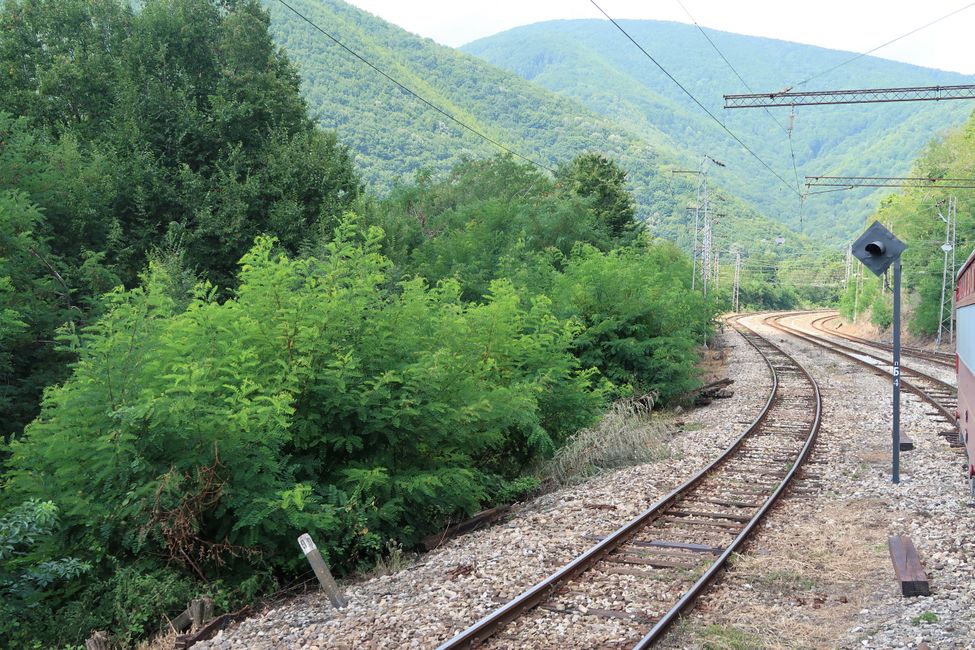
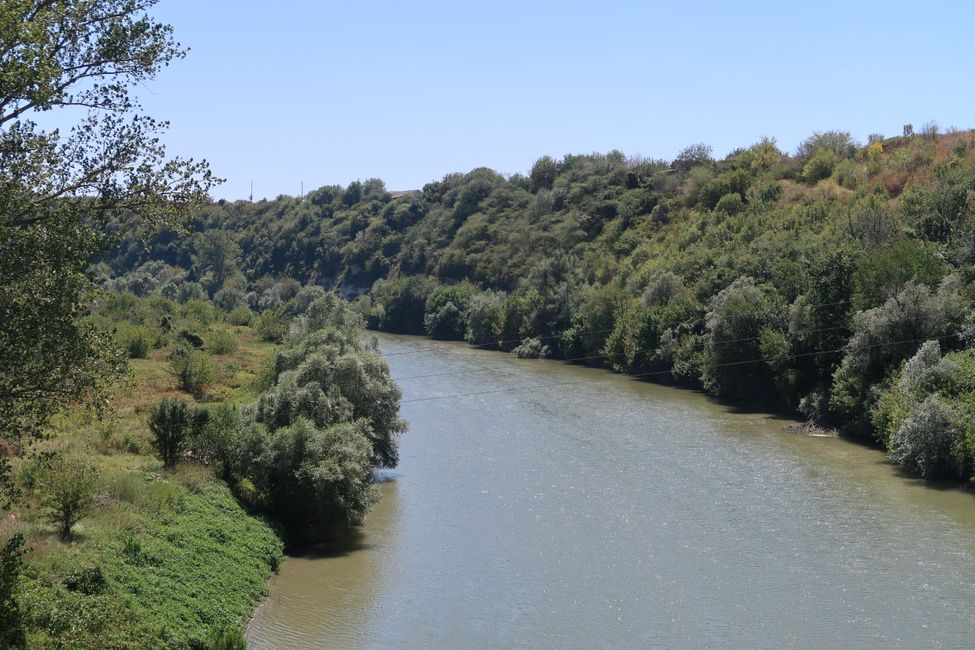
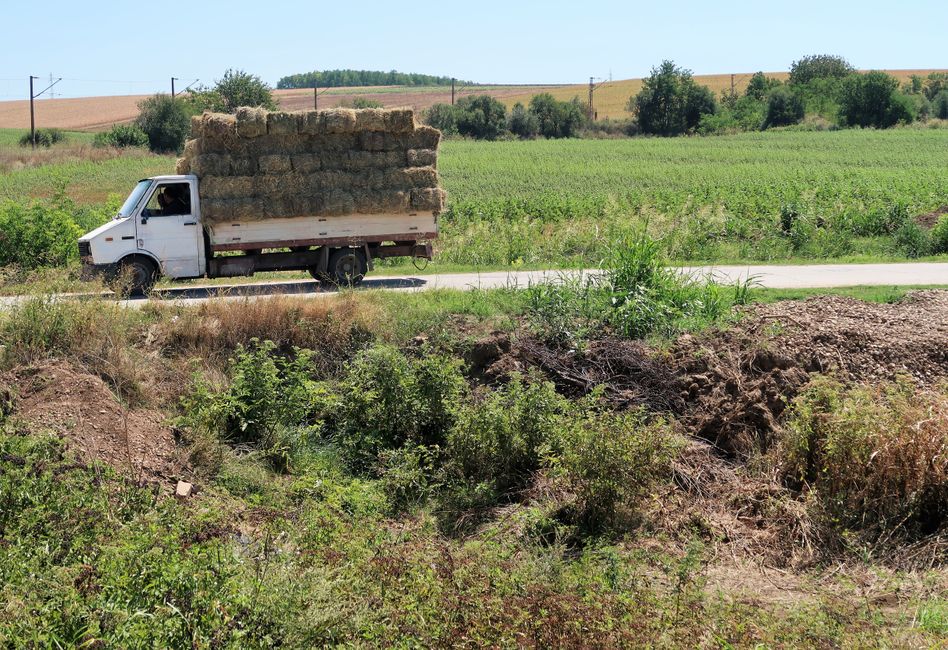
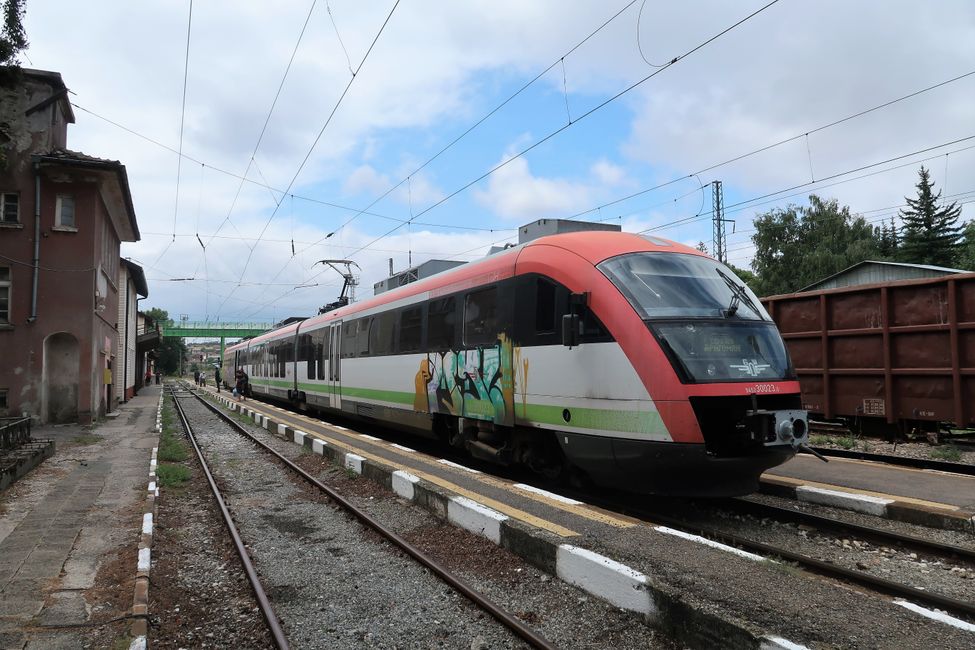
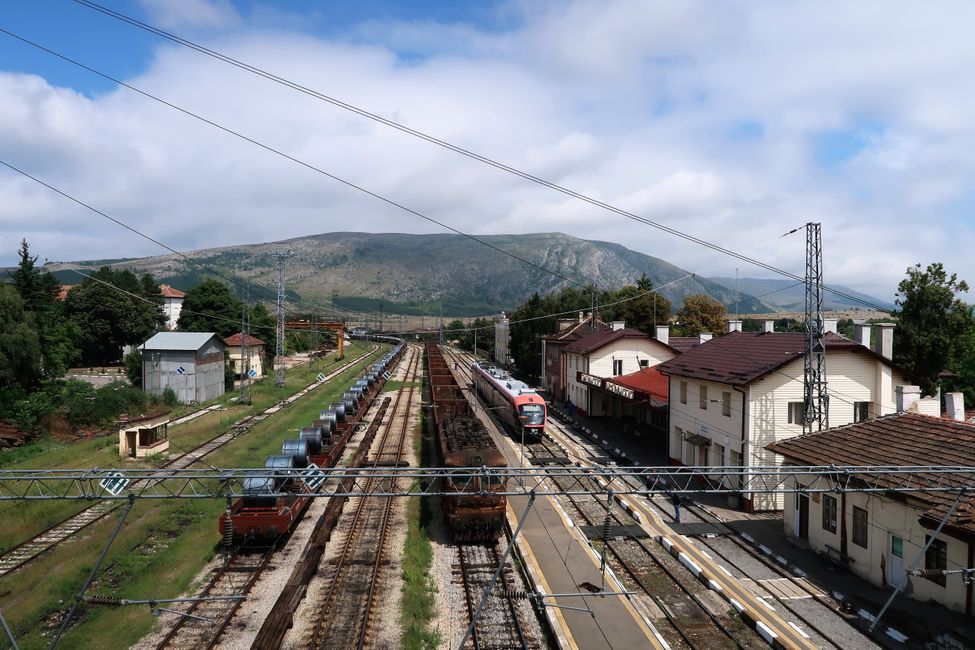
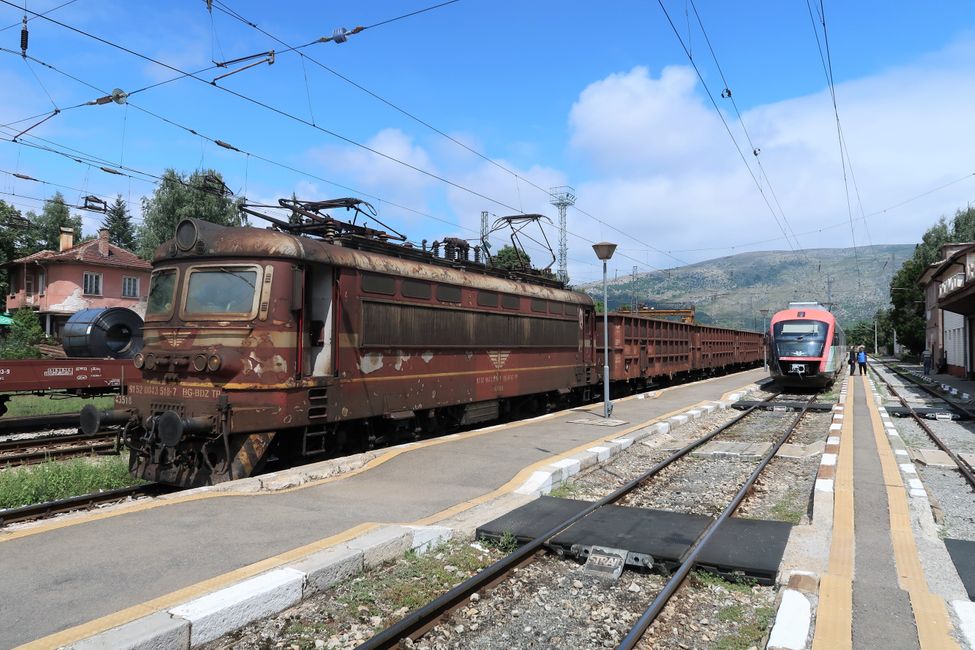
مشترک شدن در خبرنامه
Train travel in Bulgaria can be quite exhausting. Most trains are old, dirty and run-down, and even the few newer trains used in the local transport of Sofia are not in good condition after ten or twelve years of operation. The comfort and standard of the trains are far below zero when measured against Central or Western European standards. In second class, passengers are squeezed together in compartments of eight, while first class, which I mostly used, with its compartments of six, is not much better. Since most long-distance trains consist of only four or five cars and the Bulgarian State Railways offer only four or five connections per day on the most important domestic routes, the compartments in first class are relatively crowded as well.
The compartments can often be stuffy and hot, as some of the half-windows do not open properly. On the other hand, some of the half-windows cannot be closed, which I find quite amusing in winter at minus 30 degrees Celsius. A careful look through the compartments is advisable after boarding, as not always the finest and most pleasant people in Bulgaria use the train. And there is certainly something more beautiful on a journey than spending several hours in a compartment with uncultivated-looking people.
Although smoking is prohibited in the trains, people stand lined up along the aisle and smoke out of the window of the moving train. When facing a strict-looking conductor, they hide the cigarette for a short time or temporarily extinguish it. Some conductors look away and say nothing. Anyway, the strictest conductors I have always encountered were female conductors.
مشترک شدن در خبرنامه
پاسخ (3)
Julia
Hallo Wolfgang,
Auch ich bin vor zwei Jahren mal mit dem Zug durch Bulgarien gefahren und es hat sich anscheinend nichts verändert seitdem. Durch deinen Bericht habe ich mich richtig zurück versetzt gefühlt! Wolfgang
Hallo Julia!
Auch ich finde es spannend und interessant, dass jemand das alles praktisch ganz genauso erlebt hat wie ich.Manni
Hi Wolfgang
Das Zugfahren in Bulgarien war der reinste Horror, Juli 2024! Wir fuhren von Vidin nach Sofia und ich habe noch nie eine schlechtere Fahrt in meinem Leben gehabt. Es waren 39 Grad und die Züge waren nicht klimatisiert, einige fielen in einen Dämmerschlaf wegen der grausamen Hitze. Auch saßen da, wie du sagst, sehr unkultivierte Menschen, die vor allem auf eines aus waren: Mädchen und Frauen angucken und anmachen. Es war so unangenehm, dass eine Szene sogar fast gewalttätig ausging.
Nie wieder, auch wenn die Natur da toll war, die man aber dadurch nicht mehr genießen konnte.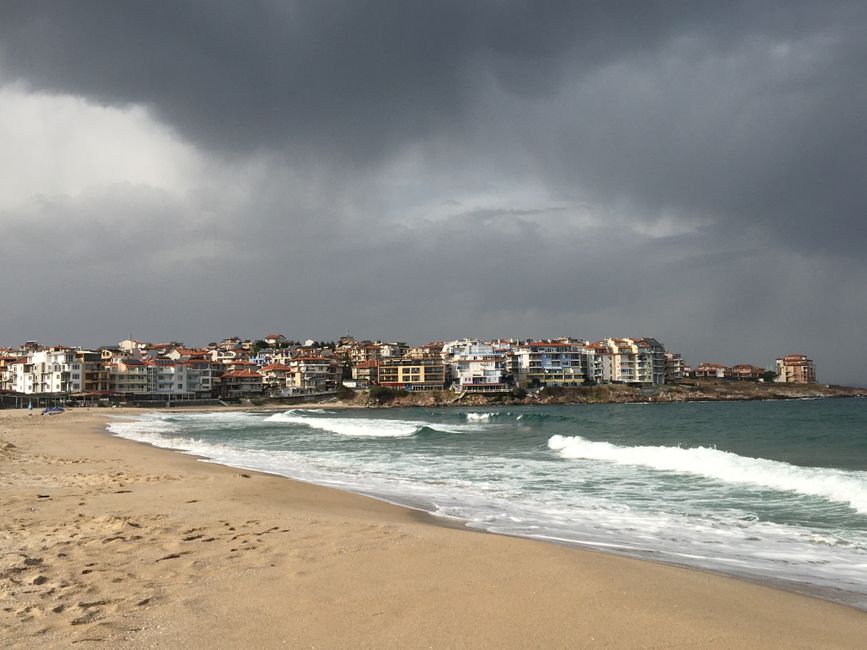
گزارش سفر بلغارستان
